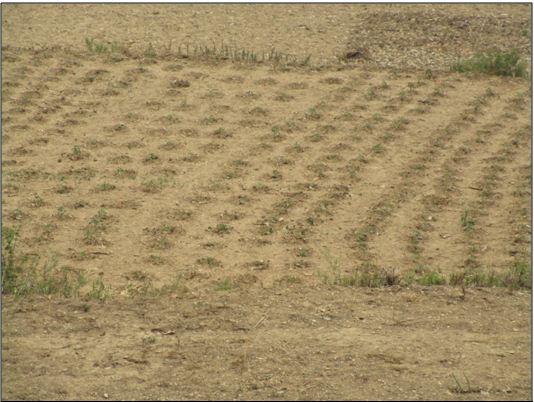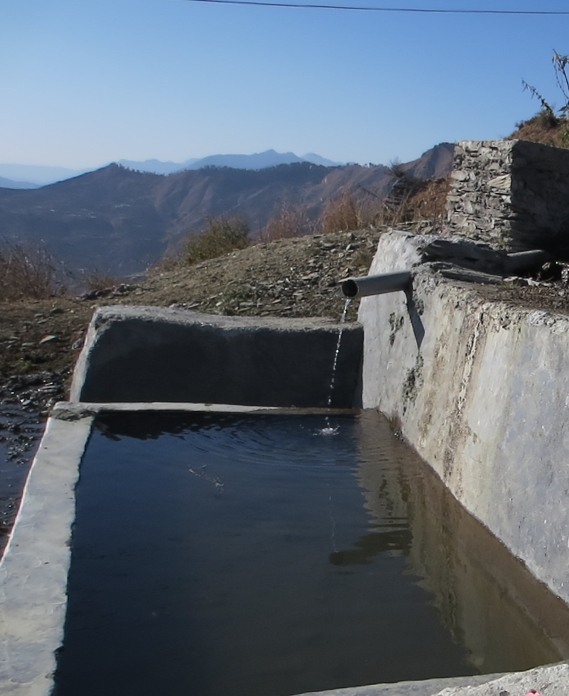Soil structure and its significance in Watershed management

Soil structure is the arrangements of soil particle and its aggregation in to soil mass .An understanding of soil structure is prerequisite in managing the soil under watershed management .
Soil structure decides the soil aggregation strength and in turn effect soil erosion. The root penetration down in the soil is governed by the soil structure.

The ease with which the water and nutrients will be available to plant for its growth has direct linkage to the soil structure.
The seedling emergence above the ground is affected by the soil structure. In case, there is crusting on the soil surface, it will be difficult for the seedling to emerge.
The infiltration of water in the ground depends on the soil structure. Further the retention of waters and its availability for soil fertility and productivity is decided by soil structure in watershed
Excessive tillage and excessive use of irrigation water both are harmful for soil structure and hence soil health. Excessive tillage results in dis-aggregation of soil mass and make the topsoil prone to erosion. Likewise excessive irrigation will fill all the pore space and blocks the aeration in the soil.

The granular soil structure is the most preferred class of soil structure that ensures better water circulation. It is important to facilitate organic cultivation under watershed management so that more carbonic /organic content can be incorporated in the soil. The soil structure gets improved with addition of organic content in the soil.

Use of Vermicompost, Farm yard manure(FYM), crop rotation, green manuring, bio fertilizer and oil cakes should be encouraged in watershed so that watershed management can be ensured through soil management . Further the use of Bio-control agents in disease and insect control should be encouraged in place of chemical control.







